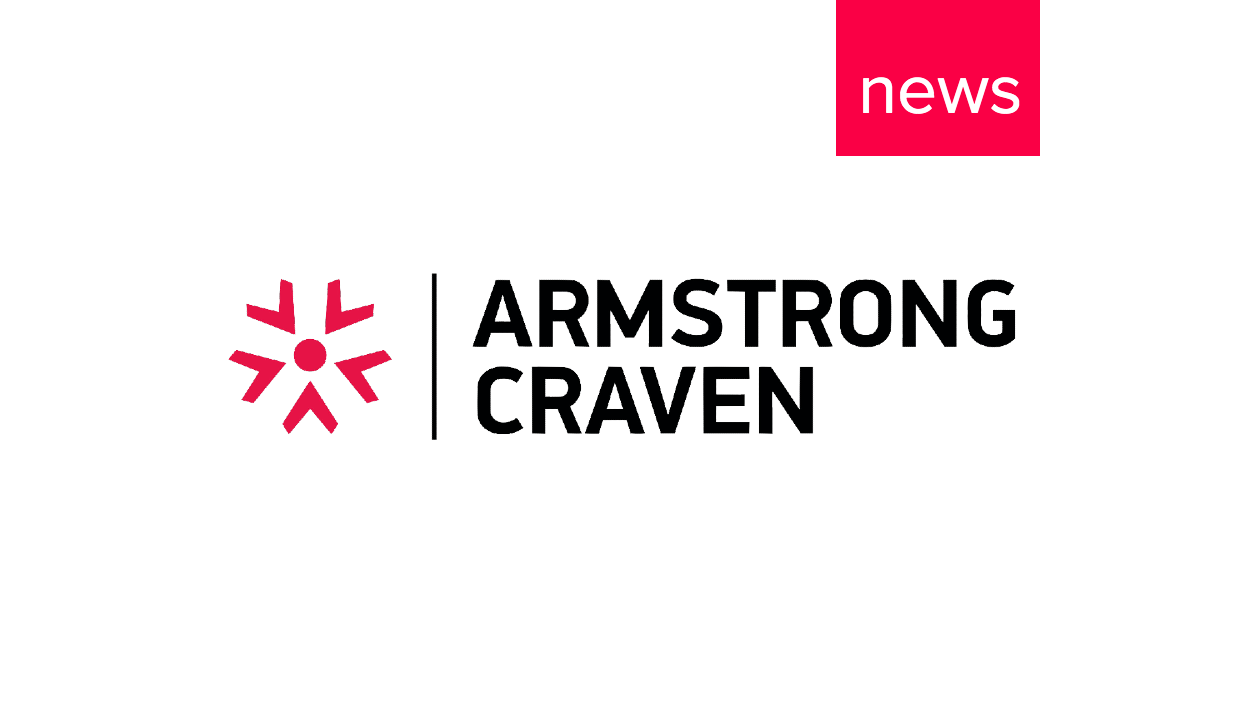Minimising Leadership Risk and Why it Matters
26 Mar, 20155 min
One of the most surprising findings of our research into FTSE 100 companies is that while many recognise the positive impact of effective leadership management on business performance, this is not supported by any notable action. 67% of companies identified people, talent and key management as a principal risk - up from 44% in 2011 - yet 97% do not have HR representation on the board. Equally striking is that in 93% of cases, this function is not present on the risk committee either.
If part of the role of the board is to ensure that the business has the right financial and human resources in place to meet objectives, why does the board structure not include a Chief Human Resources Officer (CHRO) as one of the key directors?
Change is cited as the area of business most likely to be affected. Paradoxically, this is the one factor that is a constant and guaranteed to exert influence on strategy.
Surely without it, the board does not have the necessary expertise to fully understand the implications of people risk to the overall business strategy and aims.
This gap is even more remarkable given that of those FTSE 100 companies that acknowledge people as a principal risk or uncertainty, 81% state that the impact would adversely affect performance. Change is cited as the area of business most likely to be affected. Paradoxically, this is the one factor that is a constant and guaranteed to exert influence on strategy; whether through advances in technology, expertise or economic conditions. So the need to have the people in place with the skills and ability to react to change has never been more pressing.
Move with the times
So how should companies address this important issue? What is abundantly clear is that traditional risk management techniques are no longer enough.
Succession planning against key roles is simply ineffective and irrelevant for the new generation of leaders. They are not looking for a job for life and want a very different relationship with work than that experienced by current leaders. This cultural shift demands a more dynamic approach to leadership management. One which is prepared for change – both in terms of the skills needed by the business to thrive in a turbulent marketplace and the inevitable departure of great talent.
While the development of internal talent will always play a part in leadership development, if the conventional career ladder no longer features in the aspirations of tomorrow’s leaders organisations must place much greater focus on external talent.
This demands a much more fluid succession plan; one which engages with talent inside and out and understands there is a ‘revolving door’ to the leadership team. Crucially, it also allows for a constant review of the collective leadership skills required to deliver competitive advantage now and in the future.
Interacting with external leaders in this way brings additional valuable benefits. For example, CEOs will often identify individuals who don’t fit the specification and would never have made it to a short list, but are actually the ‘hidden talent’. In other words, individuals who can help manage the company’s leadership risk and transform the company going forward.
Yet our research shows a worrying lack of progressive thinking.
Risk mitigation in the FTSE 100 typically includes succession planning against key or business critical roles and often happens just once a year. In fact, fewer than 20% of these companies see this as an ongoing issue and report on it regularly. This is despite the fact that succession and the ability of a leadership team to change are two of the top ten risks identified by CEOs in a recent survey by Protiviti. What’s more, research by CEB shows that effective succession strategies drive revenue and profit outcomes by 12% .
Effective risk management
Economies may be starting to recover, but the level of leadership risk will only intensify over the next few years. Businesses are under real pressure to perform which means every risk needs to be monitored and strategies put in place which will have a measureable impact. Human capital is arguably a company’s greatest asset and demands knowledgeable attention at the highest level.
Effective succession strategies drive revenue and profit outcomes by 12%
It follows that organisations need to take steps to mitigate potential impact. Although a seat for HR at the board table still seems a long way off - despite strong campaigning from the CIPD - the argument for giving HR far greater prominence is gathering pace. Give HR a seat on the risk committee, hire non-executive directors who have human capital experience and give your Chief Risk Officer a remit which formally includes HR at least at a strategic level. In addition:
- Ensure that leadership risk has one clear ‘owner’ to ensure maximum effectiveness. Make that owner visible, accountable and give them a seat on the boardroom table.
- Manage leadership risk proactively and collectively. Internal succession planning reviewed twice a year is no longer best practice.
- Integrate the long term corporate goal with the leadership risk management strategy.
- Break down the silos to managing leadership risk, only a collective and transparent approach will provide maximum mitigation.
Industry view
Silvia Molnar, Vice President HR at Tate & Lyle, said the following about leadership risk:
“Conscious risk assessment on capability and culture and a strategic, regular follow through ought to be discussed at every board meeting, starting with these questions: what kind of leadership do we need to realise company strategy, what culture do we require that leader to develop and how do we realistically assess the gap between aspiration and experience in the organisation?”
This article originally appeared in HR Zone.
Speak with an expert
If you want to learn a little more about what we do and how talent research can help you make better-informed business decisions, our team of talent research and consulting specialists are happy to help.






